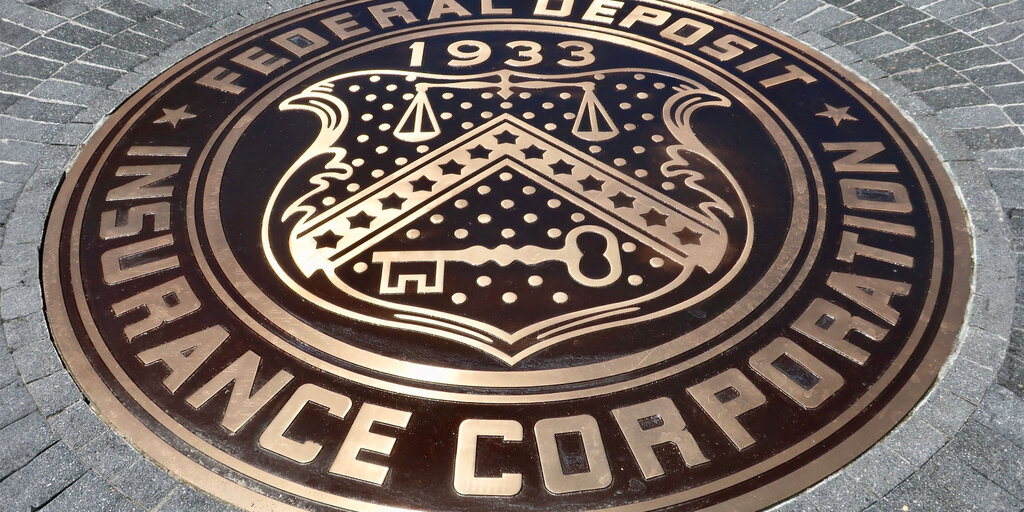Digital assets pose a unique risk to the financial stability of the United States, according to a report released Monday by the Federal Deposit Insurance Corporation (FDIC).
The organization dedicated a whole section to crypto in its annually-published report titled Risk Review. However, the two-page section is comparatively just a footnote compared to 90 other pages that parse topics ranging from higher interest rates to the recent spate of American bank collapses that they influenced.
Still, it’s the first time digital assets have been given their own section, the FDIC said. The organization explained that the callout is warranted given the increasing number of banks that are dipping their toes into the industry.
“The FDIC has been generally aware of the rising interest in crypto,” it said. “As this interest has accelerated, the FDIC determined that more information was needed to better understand the risks associated.”
One of the FDIC’s biggest concerns is the “dynamic nature” of digital assets, which makes their possible impact on the financial system hard to assess. Among opaque areas listed by the FDIC are fraud, legal uncertainties, and “risk management practices exhibiting a lack of maturity.”
It’s no surprise that the FDIC, which is funded by banks that pay a premium for deposit insurance, is concerned about crypto after a string of high-profile collapses last year. The report notes that the interconnectedness of actors within the crypto market can concentrate risk for any banks that get involved.
Notably, two FDIC members that were pillars of crypto—Silvergate Bank and Signature Bank—were among the institutions that folded this past spring. Each one operated its own payments network that kept crypto firms connected to America’s banking system around the clock—until they didn’t.
The FDIC said that one issue with crypto is the unpredictability of deposit inflows and outflows, which can yield liquidity risks while banking digital asset companies. An example of this may be the loans that Silvergate Bank took from a federal bank after its deposits dropped a whopping $8 billion during the quarter that saw the crypto exchange FTX collapse.
Stablecoins are dangerous, the FDIC said, because they are susceptible to runs, which can tear a hole in the balance sheet of banks that hold stablecoin reserves if outflows mount quickly.
After Silicon Valley Bank (SVB) shuttered in March, crypto’s number two stablecoin by market cap lost its dollar peg. Circle’s USDC fell as low as 87 cents on news that its issuer had $3.3 billion worth of exposure to the failed bank
USDC recovered days later, after the Federal Reserve, U.S. Treasury, and FDIC stepped in to declare that all depositors in the California-based lender would be made whole. Not long after, Circle selected BNY Melon as the primary custodian of its reserves.
In its report, the FDIC underscored a joint statement issued alongside the Office of the Comptroller of the Currency (OCC)—which supervises national banks—in January.
The FDIC and OCC urged banks to use caution and ensure crypto-related activities “can be performed in a safe and sound manner, are legally permissible, and comply with applicable laws and regulations.”
Stay on top of crypto news, get daily updates in your inbox.
Source: https://decrypt.co/152484/fdic-cryptocurrency-novel-complex-risks



